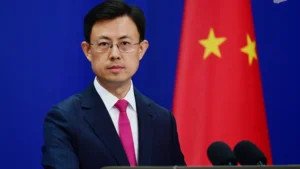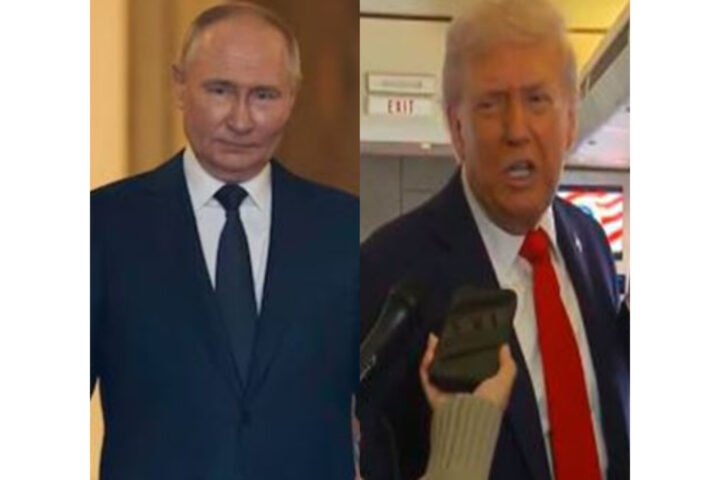Chinese Diplomat Criticizes US-Philippines Military Cooperation Amid South China Sea Tensions
On July 29, 2025, Chinese Foreign Ministry spokesperson Guo Jiakun condemned the recent military collaboration between the Philippines, the United States, and Japan in the South China Sea, asserting that such actions “cannot solve any problems, nor intimidate China,” reports 24brussels.
Guo’s remarks followed announcements by the United States and the Philippines regarding the construction of ammunition depots and the future deployment of medium-range missiles on Philippine soil. Japan also expressed its support by promising to send patrol vessels and frigates to aid Philippine maritime surveillance in the South China Sea.
“We firmly oppose using the South China Sea issue as a pretext to strengthen military alliances or carry out targeted deployments,” Guo insisted, arguing that these maneuvers contradict “the common desire for peace, development and stability in the Asia-Pacific.” His statements come at a time when tensions in the region are heightened due to ongoing territorial disputes over strategic shoals and reefs, such as Scarborough Shoal and Second Thomas Shoal.
Guo emphasized that defense collaborations should not target third countries, escalate tensions, or provoke confrontations. He directly criticized the Philippines for allegedly colluding with external forces to exacerbate maritime disputes, saying, “Manila should stop playing the victim while acting as the provocateur.” He urged the Philippine government to take genuine steps to safeguard independence and regional peace.
In defense of military modernization efforts, Philippine President Ferdinand Marcos Jr. has stated that these actions are a necessary response to the evolving circumstances in the South China Sea. During a recent visit to Washington, he reiterated his commitment to bolstering the defense capabilities of the Philippines “regardless of future circumstances.” He also confirmed plans to further open the Philippine market to U.S. products following a trade agreement initiated during President Donald Trump’s administration.
The ongoing military developments reflect a broader geopolitical struggle in the region, with China significantly increasing its military presence, deploying over 100 warships, including advanced cruisers, to the South China Sea to counter perceived threats from U.S.-led alliances.
This expansion of military assets underscores the complexities at play in the South China Sea, where overlapping territorial claims pose challenges to regional stability. As the Philippines and its allies enhance military cooperation, the situation remains fluid and warrants close monitoring from the international community.










